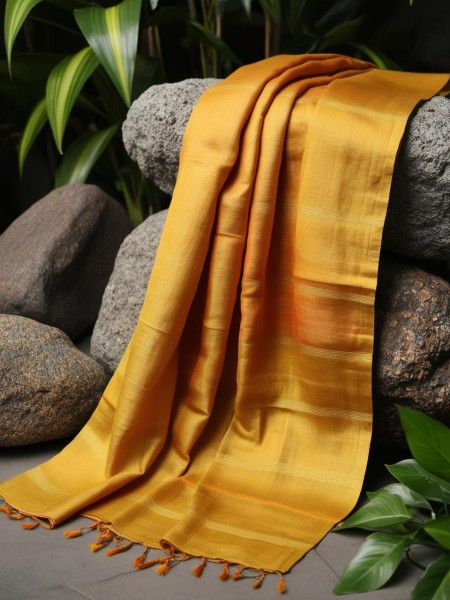
In an era where sustainability is becoming the cornerstone of innovation, the fashion industry is undergoing a significant transformation. Luxury brands, once criticized for their environmental impact, are now embracing natural dyes and biodegradable fibers as central pillars of their designs. These sustainable dyeing techniques are not only redefining the aesthetics of fashion but also contributing to a cleaner and greener future.
The Problem:
The traditional textile industry is among the largest polluters worldwide, with dyeing and finishing processes consuming vast amounts of water and chemicals. Conventional dyes—often synthetic and petroleum-based—release toxic effluents into rivers, contaminating ecosystems and endangering communities.
Water Usage Reduction:
Traditional textile dyeing accounts for 20% of global wastewater pollution, releasing harmful chemicals into rivers and oceans.
Sustainable dyeing techniques, such as natural dyeing and waterless methods, can reduce water consumption by up to 90%.
Chemical Impact:
Approximately 72 toxic chemicals have been identified in conventional textile dyeing processes, with 30% of these chemicals being non-biodegradable.
Natural dyes are 100% biodegradable, significantly reducing environmental pollution.
The Rise of Natural Dyes
Natural dyes, derived from plants, minerals, and even insects, are making a comeback as brands prioritize eco-friendly alternatives to synthetic coloring. Ancient techniques that have existed for centuries are now being revived and modernized to meet industry demands.
Why Natural Dyes Matter:
Low Environmental Impact: Natural dyes use less water, reduce chemical waste, and are biodegradable.
Non-Toxic and Safe: Unlike synthetic dyes, natural pigments are non-toxic and safer for both artisans and wearers.
Unique Aesthetic Appeal: Natural dyes offer earthy tones and subtle variations that are impossible to replicate with synthetic counterparts, giving each garment a unique charm.
Reviving Traditional Craftsmanship: Many natural dyeing processes are rooted in cultural traditions, providing opportunities to uplift artisanal communities globally.
Popular Sources of Natural Dyes:
Indigo – A natural blue dye sourced from the indigo plant.
Turmeric – Produces vibrant yellows and golds.
Madder Root – Yields deep red and pink hues.
Walnut Husks – Provide earthy browns and tans.
Pomegranate Peels – Used for soft yellows and greens.
Luxury brands are celebrating these natural pigments, creating collections that blend modern design with artisanal heritage.
The shift toward natural dyes reflects a deeper change in fashion: a return to harmony with the environment. For luxury brands, it’s an opportunity to lead the industry toward a greener, more sustainable future. For consumers, it’s a chance to make mindful choices that honor both personal style and the planet.

